Water is something we often take for granted until it tastes strange, smells off, or worse—comes back with lab results that make your stomach drop. In Texas, where wide skies and long summers define everyday life, clean water should be as natural as breathing. Yet, the reality is different for many households across the state. Arsenic, PFAS, and other invisible contaminants have crept into the water systems, leaving families looking for more than just bottled water as a band-aid solution.
The conversation about safe drinking water isn’t just a technical one—it’s deeply personal. It’s about the glass you hand your kid after soccer practice, the coffee that fuels your morning, and the shower that should leave you feeling fresh rather than uneasy.
The Hidden Threat of Arsenic
When people hear “arsenic,” they usually picture old mystery novels or true crime shows, not the kitchen sink. But arsenic contamination in groundwater is a reality for parts of Texas. It’s not about someone secretly spiking your water; it’s naturally occurring in the soil and rocks that sit beneath our feet. Over time, it seeps into wells and municipal supplies.
The scary part? You can’t see it, taste it, or smell it. That’s why families who’ve never even thought about water safety are suddenly researching options like an arsenic water filter Texas homeowners can actually trust. It’s not about paranoia—it’s about peace of mind.
The Role of Remediation Services
Of course, installing a filter is just one piece of the puzzle. When contamination is discovered, communities need a broader approach. That’s where specialized services step in. Think of them as the behind-the-scenes crews who don’t just sell you a gadget but actually work with local water systems, private wells, and even schools to address the root issue.
For residents who feel overwhelmed by test results or regulatory jargon, professional help is a lifeline. With TX arsenic remediation services, the conversation shifts from “What do I even do?” to “Here’s the plan.” And that shift—going from anxiety to action—is huge for families trying to move forward.
The New Buzzword: PFAS
If arsenic sounds unsettling, PFAS (short for per- and polyfluoroalkyl substances) might be even trickier. Often called “forever chemicals,” PFAS don’t break down easily in the environment, which means once they’re in the water, they tend to stick around. They’ve been linked to a laundry list of health concerns, and the fact that they’re used in everything from non-stick pans to firefighting foam doesn’t help the situation.
Folks searching for PFAS water treatment near me aren’t just chasing a trend. They’re grappling with legitimate fears about exposure and long-term health. And unlike some overblown scares, this one’s backed by growing research and increasing government attention. Texas households want solutions that work, not empty promises.
Why Texans Care More Than Ever
Water in Texas isn’t just a utility—it’s tied to identity. Ranchers, city dwellers, families in small towns—they all share a connection to the land and the resources it provides. So when news breaks about contamination, it feels personal. It’s not just about science; it’s about legacy, about protecting kids and preserving the quality of life for future generations.
That’s why you’ll find conversations about filtration happening everywhere from church gatherings to Facebook neighborhood groups. People are swapping stories, sharing what worked for them, and sometimes even pooling resources to bring in better systems for entire communities.
The Human Side of Filtration
Here’s the thing: talking about microns and activated carbon can make eyes glaze over. But ask someone about the first time they noticed their water tasted better after installing a system, and suddenly you’ve got a story worth listening to. A mother relieved her toddler can drink tap water without worry. A retiree happy he doesn’t need cases of bottled water stacked in the garage anymore.
These stories remind us that filtration isn’t just science—it’s comfort. It’s one less thing to stress over in a world already full of worries. And in Texas, where summers are long and hot, that simple relief of filling a glass straight from the sink is worth more than most people realize.
Looking Forward
So where does this all go? Honestly, the demand for cleaner water solutions will only grow. As testing improves, more families will discover what’s actually in their water. And while that may sound daunting, it’s also empowering. Knowing is the first step toward fixing.
Filtration systems will continue to get smarter, more efficient, and (hopefully) more affordable. Community awareness will rise, making it easier to push for broader protections. And maybe, just maybe, the idea of truly clean water won’t feel like a privilege but like the baseline it should’ve always been.
A Personal Reflection
When I think about water now, I don’t just think about hydration or utility bills. I think about trust. Trusting that what flows from the faucet won’t harm my family. Trusting that the people we rely on to manage public systems are doing their best. And, maybe most importantly, trusting ourselves to take action when we know something’s not right.














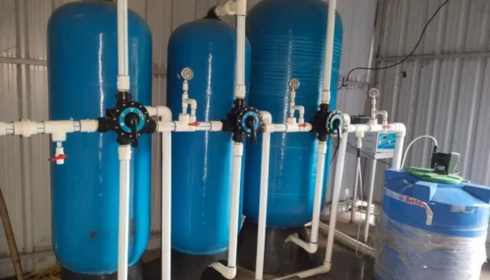
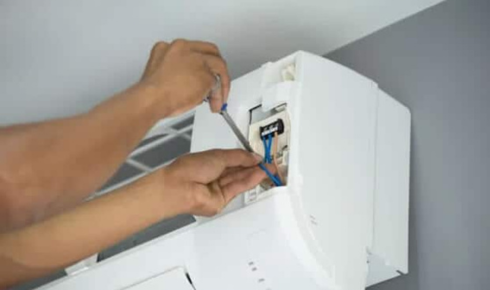
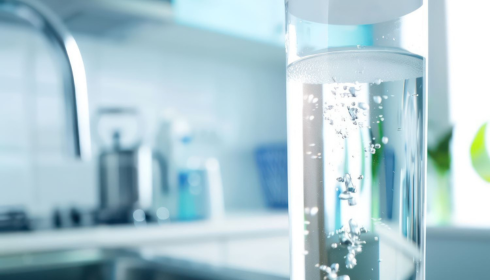
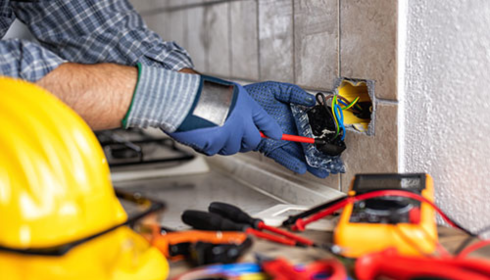



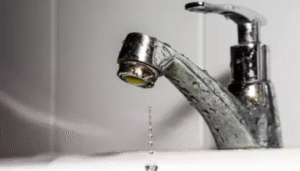
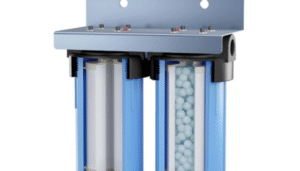





+ There are no comments
Add yours